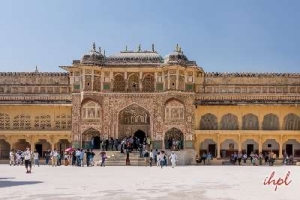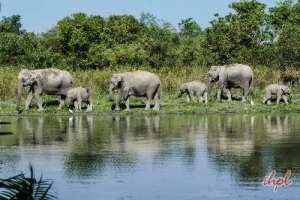If we are to trace the Conservation History of Sariska Wildlife Sanctuary, we can first start with the pre independence era. The Sariska Wildlife Sanctuary is located in the Alwar District of Rajasthan and the rulers of this state protected this sanctuary ever since the nineteenth century. It was preserved by them and only the kings or persons associated with royalty were given the permission to hunt wild animals or do shikar.
Following independence the rulers were stripped of their royal authority. It was no longer their hunting premises and people then started shooting wild animals randomly to clear the forests so that they could settle there. Their primary objective was to use the cleared land for habitation and agricultural purposes. The government was also aloof.
This continued and what was worse was that in the year 1973 the Sariska Wildlife Sanctuary was not one of the nine reserves that was selected under the project Tiger. This kind of neglect reaped disastrous results. Steady decline in the number of wild animals continued.
What followed next was the epidemic. The epidemic brought about calamitous results. The Sambhar which is the chief prey of the Tiger died in large numbers. The population of this hoofed mammal reduced considerably.
Following this disaster, the Sariska Wildlife Sanctuary was finally incorporated under the Project tiger in the year 1979. This was an epoch making event in the Conservation History of the Sariska Wildlife Sanctuary.
The effective implementation of the policies associated with Conservation has immensely benefited the Sariska Wildlife Sanctuary. However the areas inhabited by human beings still continue to suffer. There are 16 village settlements housing 5000 people and 30000 cattle within the Sariska Wildlife Sanctuary. The ecological crisis is a challenge posed by human habitation within the sanctuary. Efforts are being undertaken to achieve an ecological balance.
Serious issues of poaching, traffic and land settlement are being handled effectively. But the immediate need of the hour is a greater deal of concern and involvement on everyone’s part so that the sole large forest patch left in the Aravalli Hills along with its inhabitants can be saved.
All in all the Conservation History of Sariska Wildlife Sanctuary tells us that even though a lot has been done there is still much that is left to do to preserve it.
Sariska Tour Packages
List Of Popular Wildlife Sanctuaries In South India
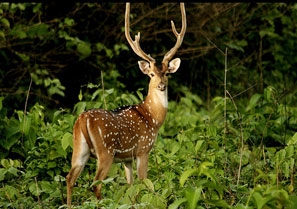 Kabini Wildlife Sanctuary
Kabini Wildlife Sanctuary 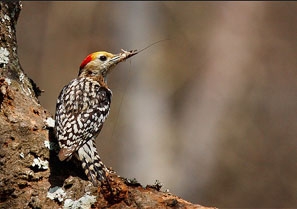 B R Hills Wildlife Sanctuary
B R Hills Wildlife Sanctuary  Dandeli Wildlife Sanctuary
Dandeli Wildlife Sanctuary 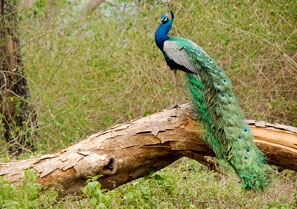 Mudumalai Wildlife Sanctuary
Mudumalai Wildlife Sanctuary 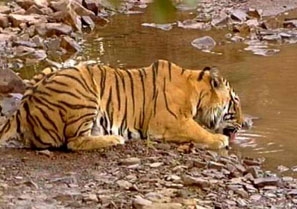 Nagarjunsagar Wildlife Sanctuary
Nagarjunsagar Wildlife Sanctuary 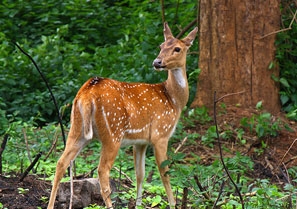 Wayanad Wildlife Sanctuary
Wayanad Wildlife Sanctuary 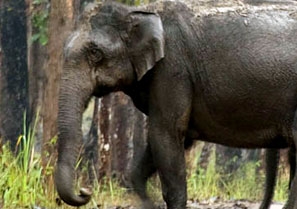 Aralam Wildlife Sanctuary
Aralam Wildlife Sanctuary 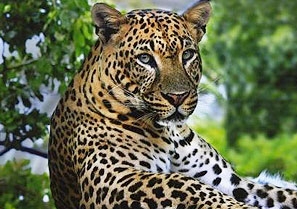 Peechi Vazhani Wildlife Sanctuary
Peechi Vazhani Wildlife Sanctuary  Peppara Wildlife Sanctuary
Peppara Wildlife Sanctuary 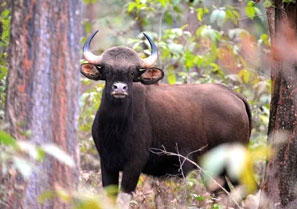 Shendurni Wildlife Sanctuary
Shendurni Wildlife Sanctuary 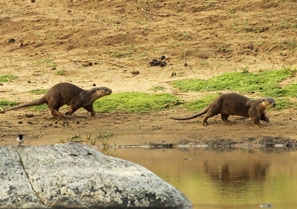 Cauvery Wildlife Sanctuary
Cauvery Wildlife Sanctuary  Kolleru Lake Bird Sanctuary
Kolleru Lake Bird Sanctuary  Manjira Wildlife & Bird Sanctuary
Manjira Wildlife & Bird Sanctuary 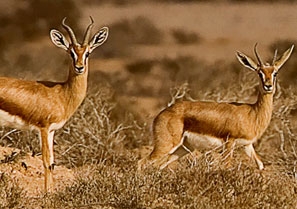 Pakhal Wildlife Sanctuary
Pakhal Wildlife Sanctuary  Papikonda Wildlife Sanctuary
Papikonda Wildlife Sanctuary 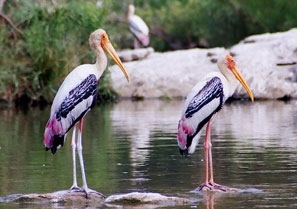 Pocharam Forest Sanctuary
Pocharam Forest Sanctuary  Pranhita Wildlife Sanctuary
Pranhita Wildlife Sanctuary 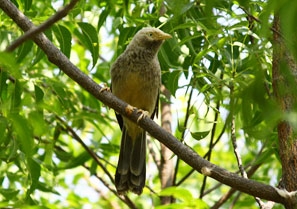 Rollapadu Bird Sanctuary
Rollapadu Bird Sanctuary 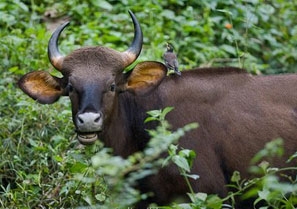 Parambikulam Wildlife Sanctuary
Parambikulam Wildlife Sanctuary  Bhadra Wildlife Sanctuary
Bhadra Wildlife Sanctuary  Krishna Wildlife Sanctuary
Krishna Wildlife Sanctuary 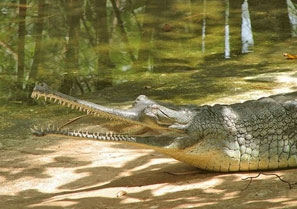 Sivaram Wildlife Sanctuary
Sivaram Wildlife Sanctuary 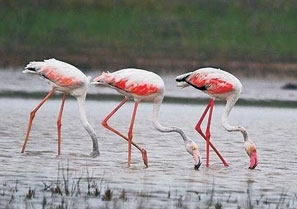 Pulicat Sanctuary
Pulicat Sanctuary 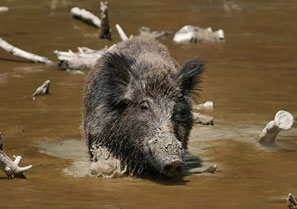 Srilanka Malleswara Sanctuary
Srilanka Malleswara Sanctuary  Chinnar Wildlife Santuary
Chinnar Wildlife Santuary  Idukki Wildlife Sanctuary
Idukki Wildlife Sanctuary 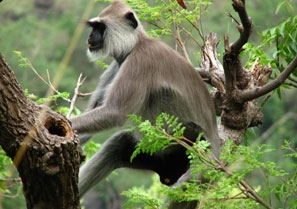 Neyyar Wildlife Sanctuary
Neyyar Wildlife Sanctuary 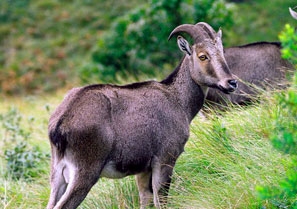 Rajamala Wildlife Sanctuary
Rajamala Wildlife Sanctuary  Coringa Wildlife Sanctuary
Coringa Wildlife Sanctuary 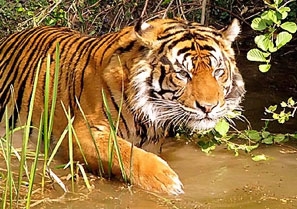 Eturnagaram Sanctuary
Eturnagaram Sanctuary 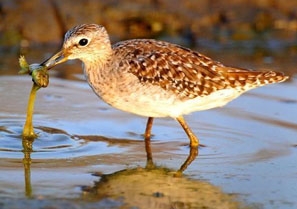 Gundla Brahmeswara Sanctuary
Gundla Brahmeswara Sanctuary  Kaundinya Wildlife Sanctuary
Kaundinya Wildlife Sanctuary 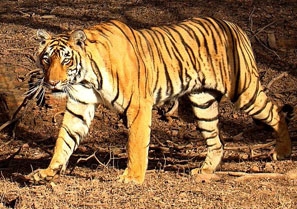 Kawal Wildlife Sanctuary
Kawal Wildlife Sanctuary  Kinnerasani Wildlife Sanctuary
Kinnerasani Wildlife Sanctuary 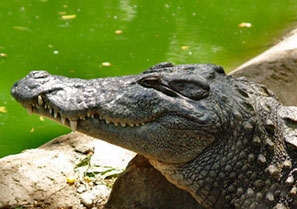 Crocodile Bank Tamil Nadu
Crocodile Bank Tamil Nadu 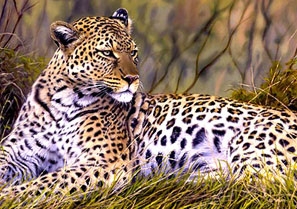 Kalakkadu Wildlife Sanctuary
Kalakkadu Wildlife Sanctuary 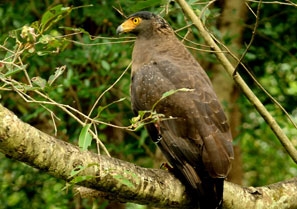 Mundanthurai Wildlife Sanctuary
Mundanthurai Wildlife Sanctuary  Point Calimere Wildlife Sanctuary
Point Calimere Wildlife Sanctuary 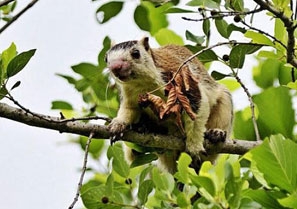 Srivilliputhur Grizzled Squirrel Wildlife Sanctuary
Srivilliputhur Grizzled Squirrel Wildlife Sanctuary 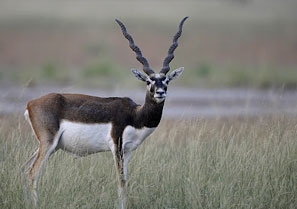 Vallanadu Black Buck Wildlife Sanctuary
Vallanadu Black Buck Wildlife Sanctuary




